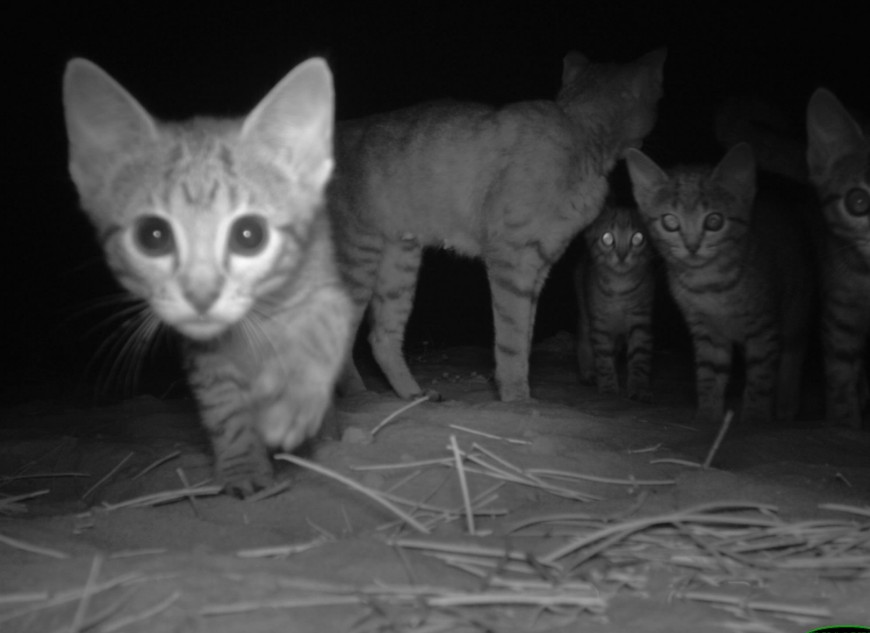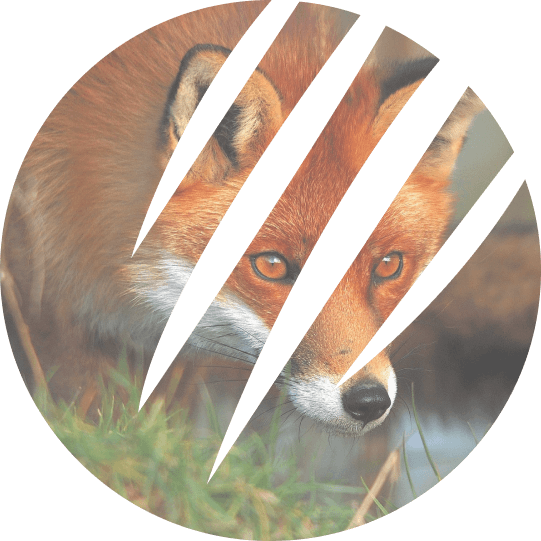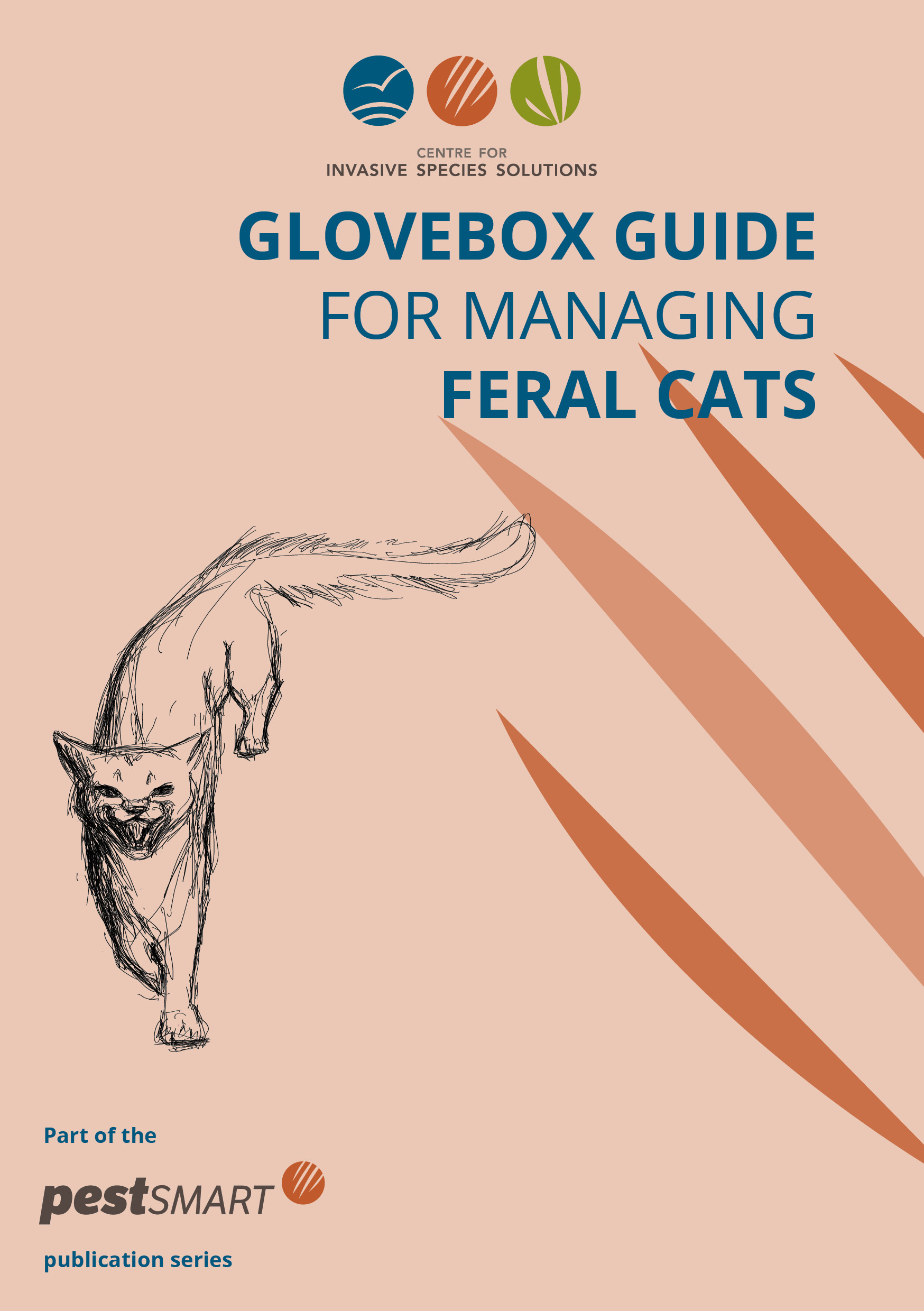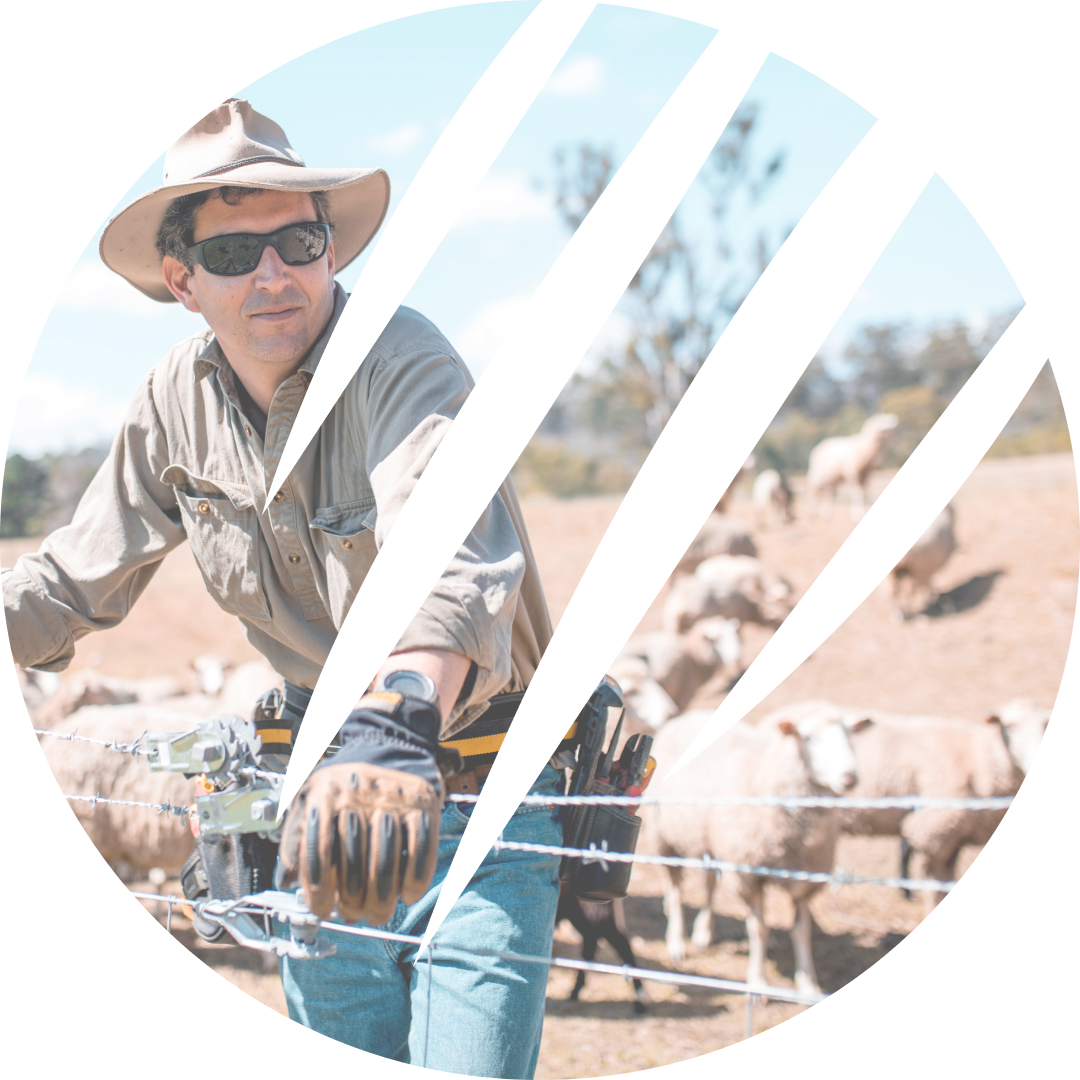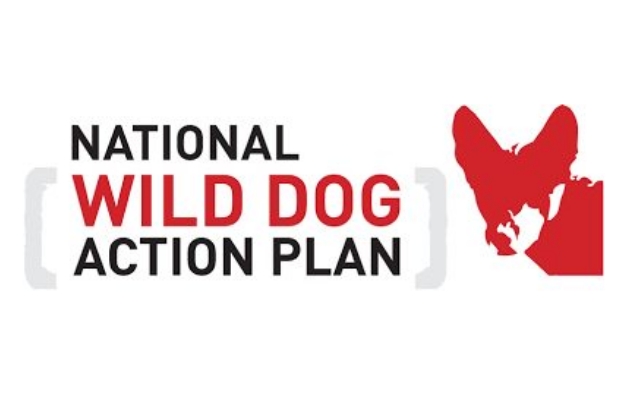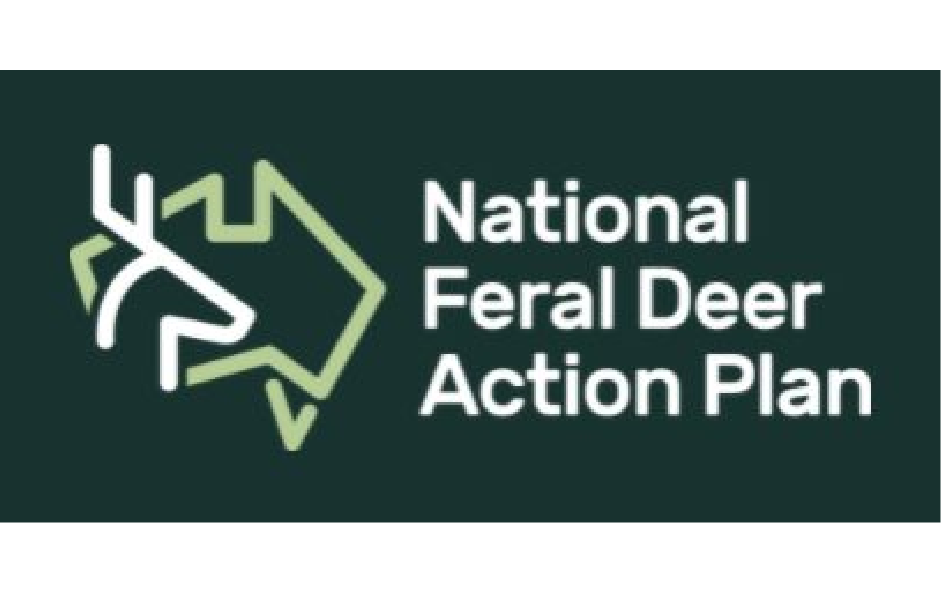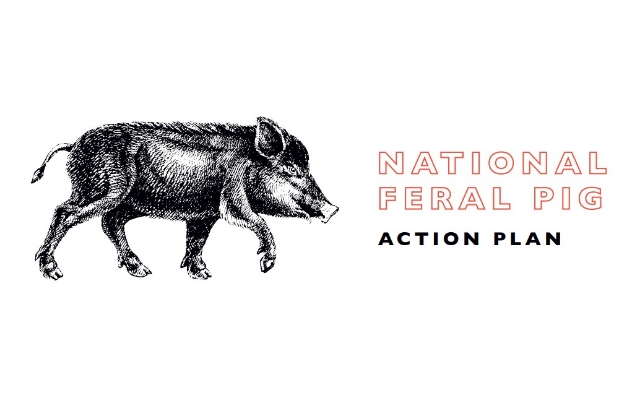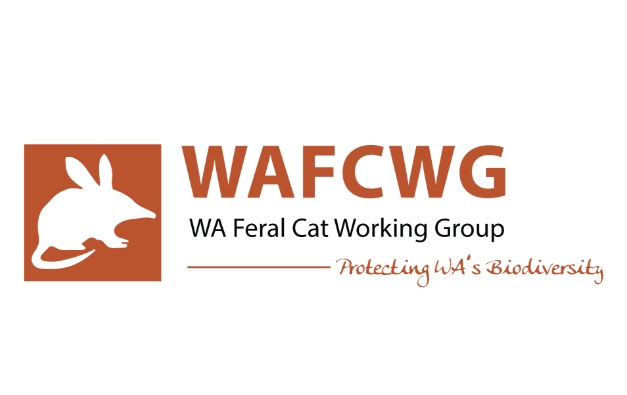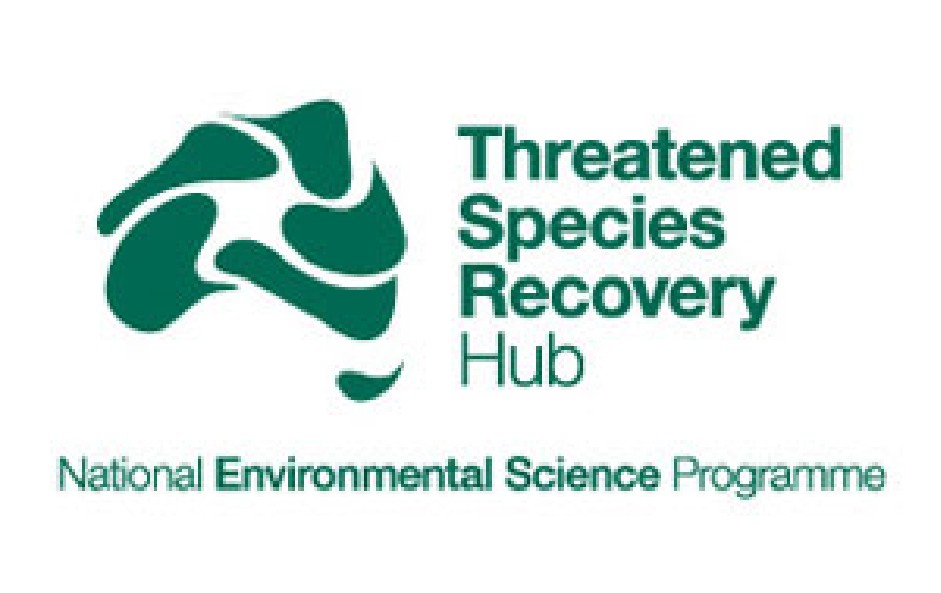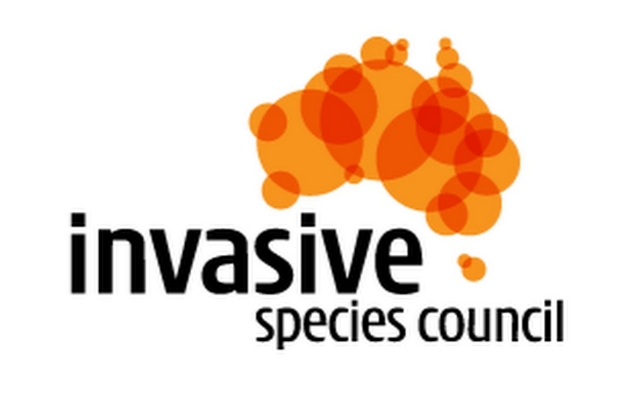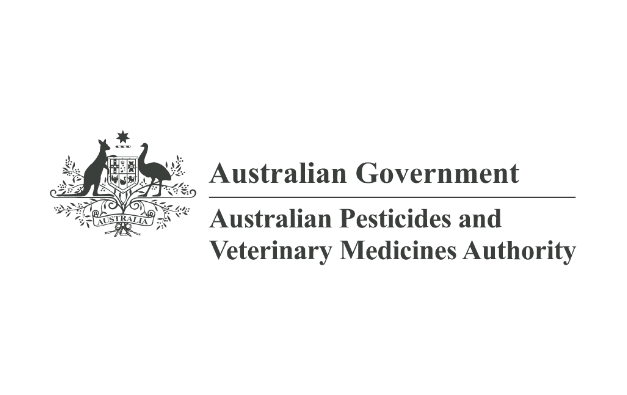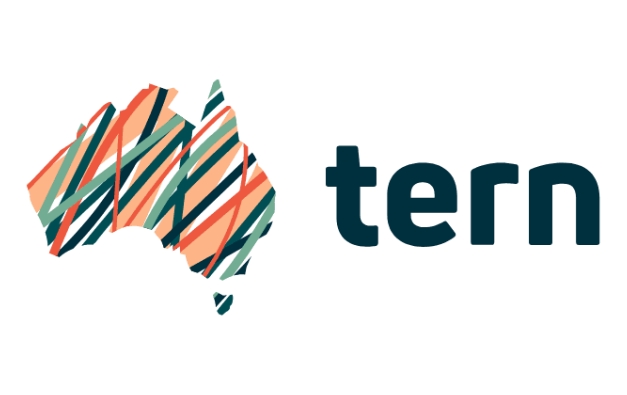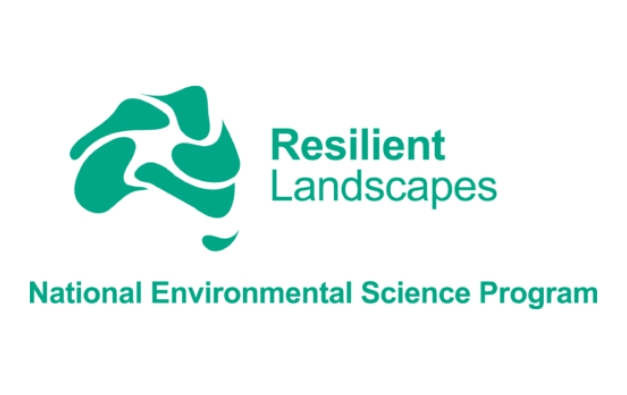Case studies
Case studies show practical examples of how other people have undertaken feral cat or fox management programs and their outcomes.
These case studies can give you valuable insights for planning similar projects, with their detailed account of methodologies, challenges and successes. You can learn which techniques were most effective, understand potential obstacles and apply lessons learned to increase your project’s likelihood of success.
Foxes
More case studies on feral cat and fox management will be added as they are developed. A range of other case studies can be found on the PestSmart website.
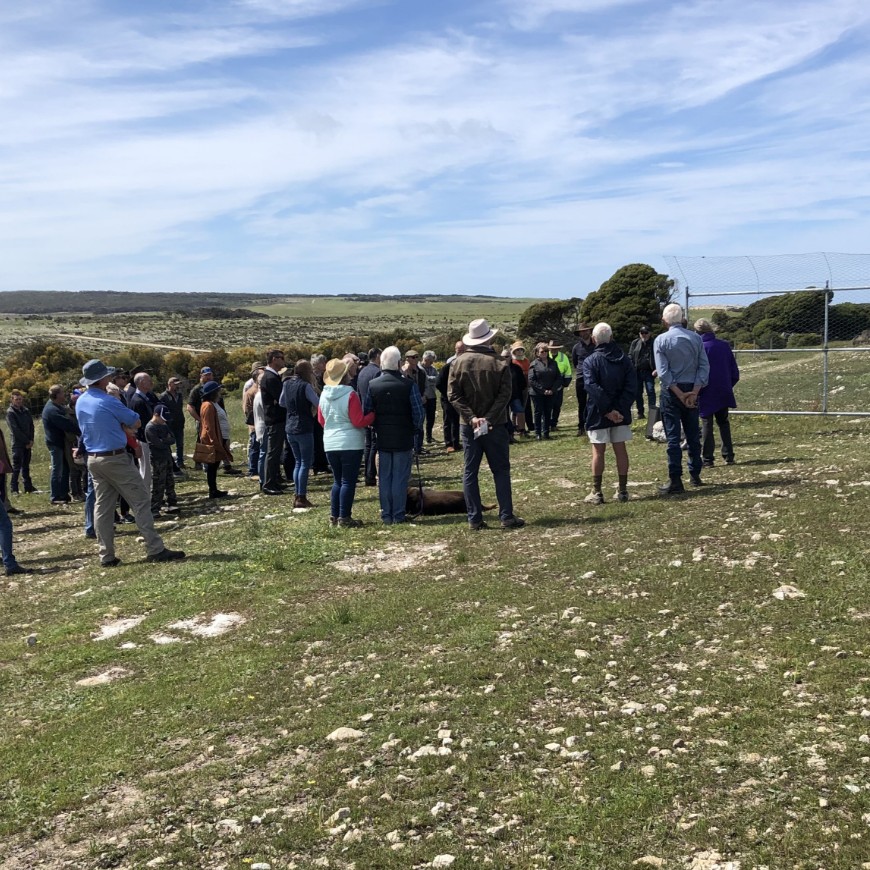
Feral cat management and even eradication has strong community support on Kangaroo Island. Photo: CISS, NFCFMC Program.
Project snapshots
Mini-case studies, our project snapshots provide a condensed glimpse at successful feral cat or fox management programs and their outcomes.
These project snapshots initially appeared in issues of the National Feral Cat and Fox Management Coordination Programs Newsletter. To subscribe to the newsletter, click here or fill out the form at the bottom of the page.
Project snapshots
-
- Protecting some of Australia’s most unique threatened species in Dryandra and surrounds
- Best practice pest management in New South Wales’ Northern Tablelands
- Project Platypus: Holistic community land management in Gariwerd / Grampians surrounds
- The Decision Guide for Stray and Feral Cat Management in Tasmania
- Community feral cat management – West Tamar Landcare feral cat control program
- The Shoalhaven Fox Control Program
- Empowering individuals – How one person’s actions can help the environment
- Meat and Livestock Australia’s “Less predators, more lambs” producer demonstration site
- Lake Claremont urban fox management
- Cape Otway invasive predator control
- Minjerribah / North Stradbroke Island Fox and Cat Control Project
- Kangaroo Island as a model for landscape scale feral cat control
- Bounceback — landscape scale invasive predator control in the Flinders Ranges
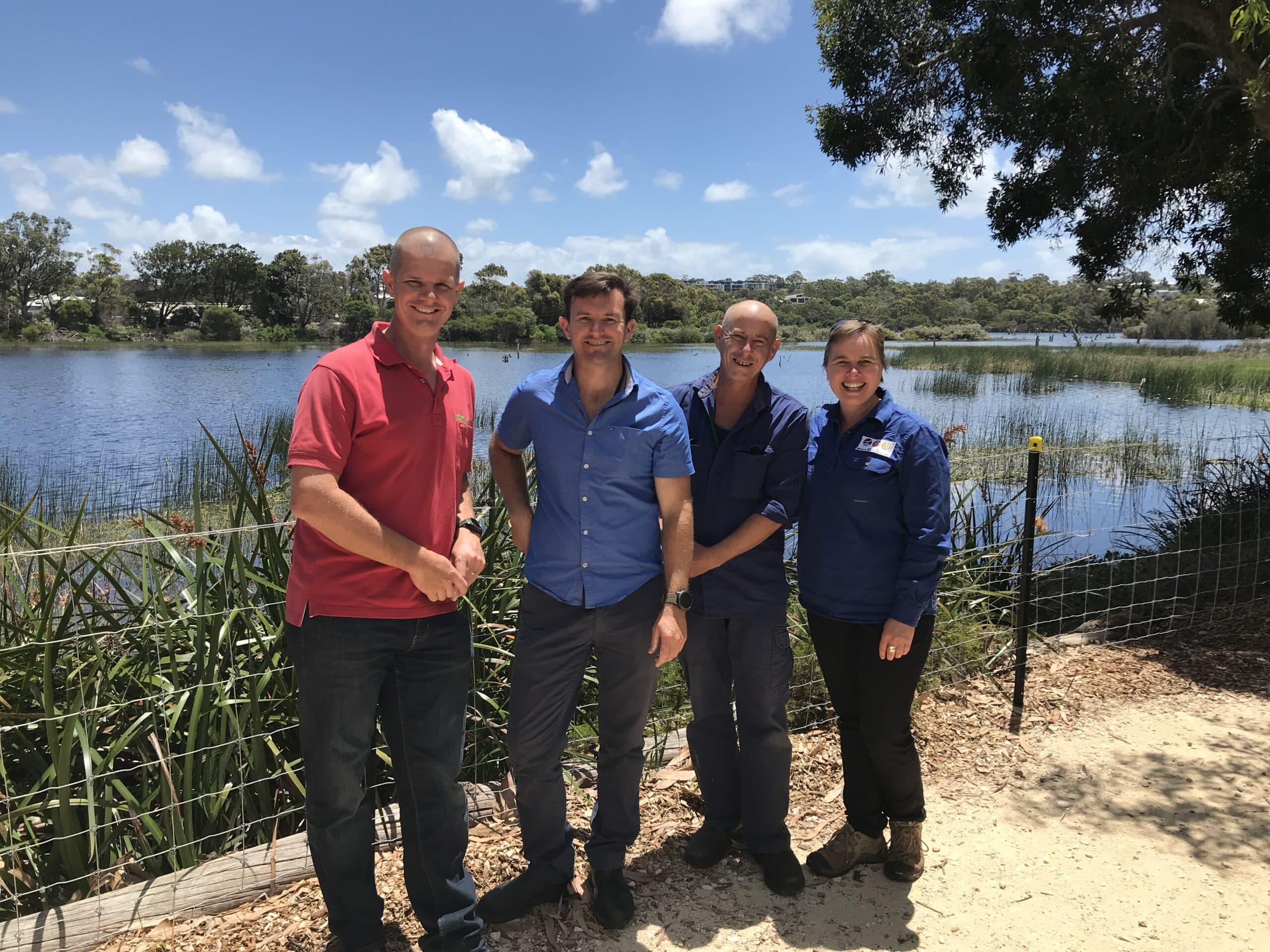
By working together – and learning together – we can reduce feral cat and fox impacts. Photo: CISS, NFCFMC Program.
Fact sheets
We are building a library of short, downloadable fact sheets and infographics on the impacts of feral cats and foxes as well as management and monitoring techniques. We are keen to hear what resources would be helpful for your engagement activities. Contact us with your suggestions or common questions.
National Feral Cat and Fox Management Coordination Program Factsheets
Other Factsheets
-
- About FeralScan – Centre for Invasive Species Solutions
- Guidelines for feral animal control on organic properties – National Wild Dog Action Plan
- Sarcocystis (impacts in sheep) – Animal Health Australia
- Toxoplasmosis (impacts in sheep) – Sheep Connect SA
- The impacts of cats in Australia – Threatened Species Recovery Hub
- The impacts of pet cats on Australian wildlife – Threatened Species Recovery Hub
- The hidden costs of cats in Australia: Cat-dependent diseases and human health – Threatened Species Recovery Hub
- Toxoplasmosis and mammal declines in northern and southern Australia – Threatened Species Recovery Hub
- National Urban Cat Poster – Threatened Species Recovery Hub
- Cat Impacts Poster – Threatened Species Recovery Hub
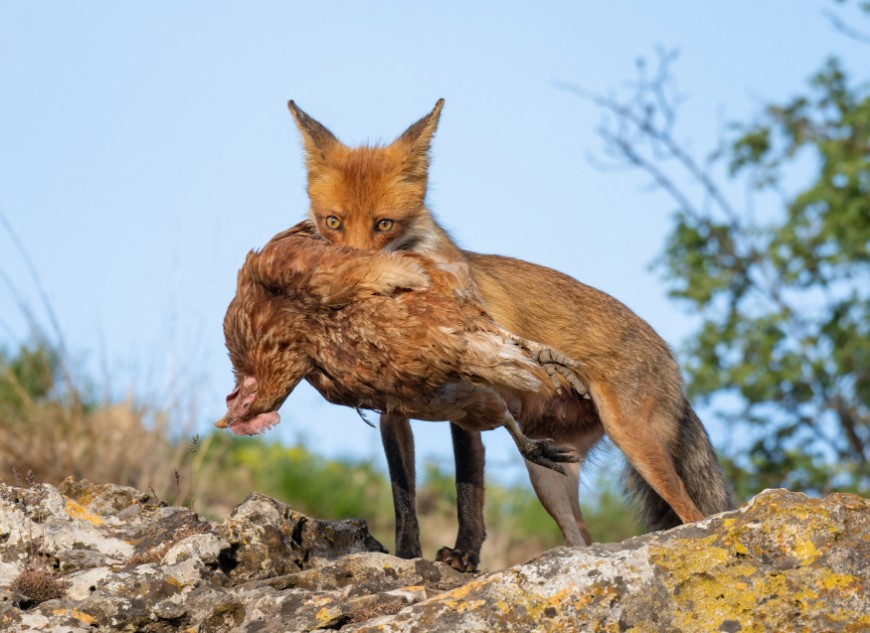
Foxes hunt and kill wildlife, livestock and pets. Photo: Wildlife World.
Media releases
Stay up to date with our latest media releases on feral cat and fox management, conservation efforts, and invasive species control. Browse past releases below to learn more about our programs activities and the challenges, research, and solutions shaping Australia’s biodiversity protection.
Past media releases

Browse our past media releases. Photo: Gill Basnett.
Video Resources
The Centre for Invasive Species Solutions YouTube Channel hosts a range of video resources designed to inform you on feral cat and fox management.
Selected videos and series
- Feral Cat and Fox Management Forums 2025
- Coming soon
- Feral Cat and Fox Management Forums 2023
- Trap Alert System Online Forum 2023
- Australasian Vertebrate Pest Conference 2024
- Australasian Vertebrate Pest Conference 2021
- Rabbit management
- FeralScan:
- Trapping series:
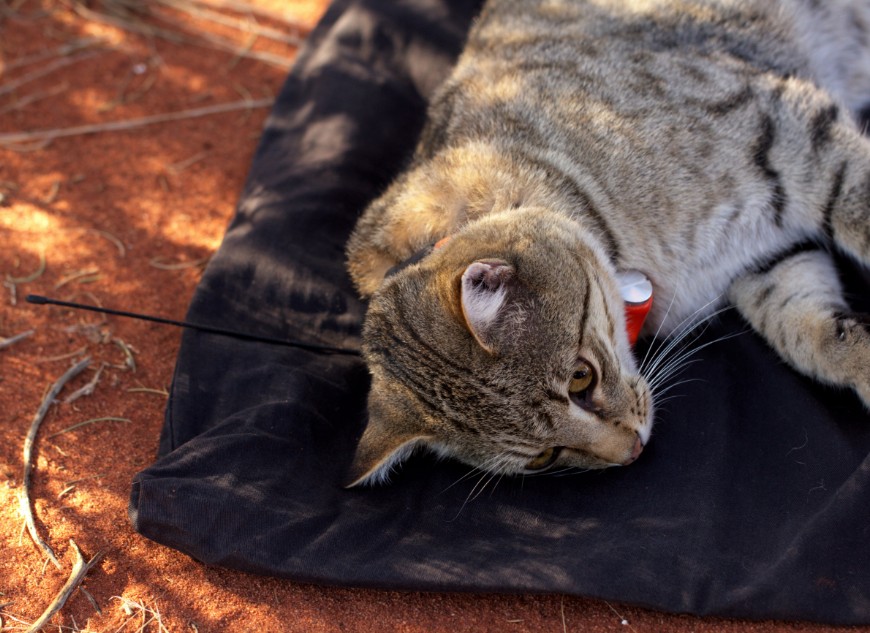
Keep up with the latest research by signing up to the newsletter. Photo: Gill Basnett.
PestSmart
PestSmart is a website with information about how to plan, manage and improve invasive species control programs. PestSmart has resources, toolkits and videos to help inform and design invasive species programs. It is run by the Centre for Invasive Species Solutions.
PestSmart is valuable for farmers, land managers and others. It links to National Standard Operating Procedures, technical reports, databases, and other material to support pest animal management.
Its resources include:
- glovebox management and planning guides
- National Standard Operating Procedures (NATSOPs)
- case studies
- best practice pest animal management (Feral cat toolkit; European fox toolkit).
The Centre’s YouTube channel has a lot of useful information and instructional videos on a variety of invasive species, including feral cats and foxes.
Pest management guides
Our glovebox guides will also help you manage feral cats and foxes as well as rabbits. (Reducing rabbit numbers can reduce feral cat and fox numbers in some areas where they are the main prey species, because they lose a major food source.) Useful resources include:
FeralScan
A community resource for monitoring and recording pests
FeralScan is a free community-designed website and smartphone app that allows you to record observations and evidence of introduced pest animals (such as foxes and feral cats), the damage they cause (including predation of native wildlife or lambs), and control actions in your local area (such as baiting, trapping and shooting).
It contains 450,000 records and photos of pest animals mapped by communities across Australia. It has been used by more than 49,000 people including farmers, landholder associations, community groups, people living in urban areas, volunteers, Indigenous groups, professional pest controllers, local government authorities, catchment groups and state government biosecurity agencies managing pest animals and their impacts.
It is free and easy-to-use for monitoring, recording and rapidly communicating information about pest species, and promotes collaboration through local targeted pest animal management.
FeralScan can be used to record and view information about pests in your local area, stay informed about pests in your area, keep your community updated and actively involved, alert authorities about pest problems, identify opportunities for control, and evaluate control efforts. Users can print maps, view and export pest records, access practical information resources and connect with support.
For foxes and feral cats, FeralScan can be a useful tool for documenting observations and impacts of these species to identify opportunities for local control programs.
FeralScan users also receive advice and practical information about how to prevent pest impacts, how to control pests, and are assisted to connect with support.
Working together to coordinate monitoring and control of pests will get the best outcomes, especially when using FeralScan as a private group to document and map their activities. By joining or creating a private group in FeralSacn, you will be able to see detailed reports from other people in their local area.
Data recorded can help local community groups, local and regional councils, biosecurity agencies and research organisations, better target pests through coordinated programs.
FeralScan data provides an up-to-date picture of where pests are causing problems or being managed by people throughout Australia.
The app is available for both iOS or Android devices and the website www.feralscan.org.au.
Community Invasives Action
Pest and weed problems are also ‘people’ problems. The Community Invasives Action website is an initiative of the Centre for Invasive Species Solutions to provide tools and information about good engagement with local communities to improve programs by using local knowledge, more people and grassroots support.
Effective community engagement involves a diverse group of people addressing complex issues to achieve sustainable and lasting outcomes.
Community Invasives Action hosts a range of resources for people coordinating community-led action.
Threatened Species Action Plan
The Threatened Species Action Plan 2022–2032 maps a pathway to protect, manage and restore Australia’s threatened species and important natural places.
Managing feral cats and foxes is key for many threatened species – they are important targets in the plan.
The plan builds on the Threatened Species Action Plan 2021–2026, which was developed with input from experts, the community, natural resource managers, scientists, conservation groups and First Nations peoples.
Under the plan, the Australian Government has developed a Saving Native Species grant program to provide $224.5 million over four years to support the recovery of our unique plants, animals and ecological communities.
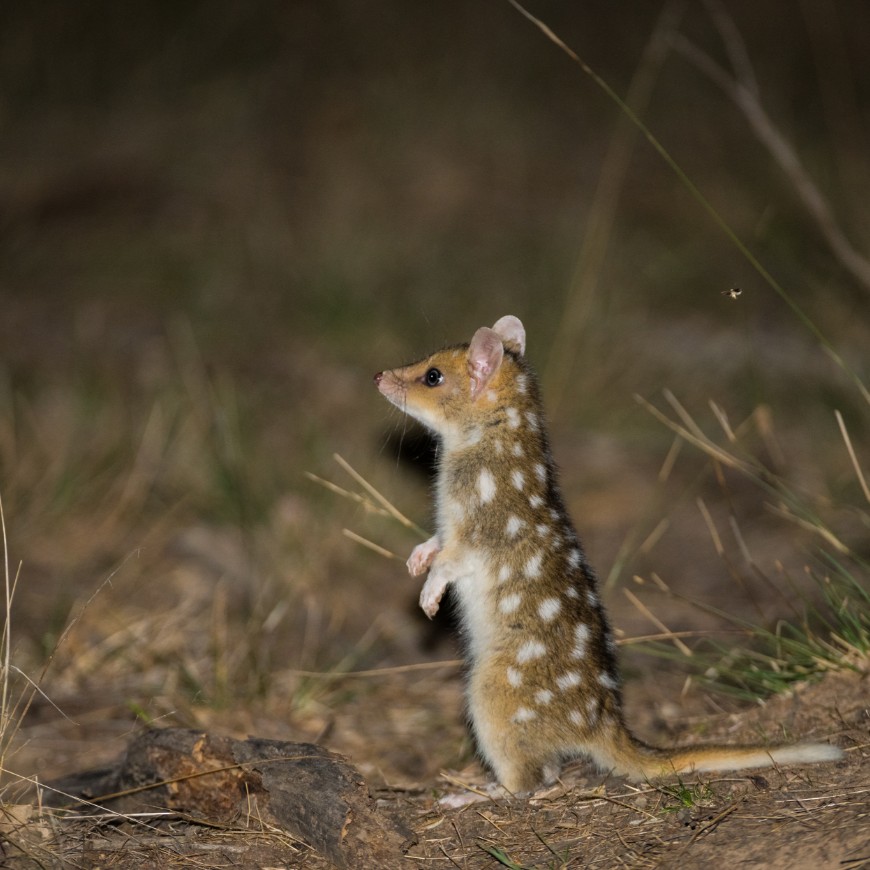
Eastern Quoll, priority species. Photo: Charles Davis.
Threat abatement plans
Under the Environment Protection and Biodiversity Conservation Act 1999 (EPBC Act), when ‘key threats’ are listed, a threat abatement plan can be put in place.
Threat abatement plans (like those for feral cats and foxes) establish a national framework to guide and coordinate Australia’s response to these key threats.
The plans identify research, management and other actions to ensure the long-term survival of native species and ecological communities to reduce the impact of the key threat. They also guide management activities so that all levels of government, land managers, researchers and communities are contributing in a coordinated way.
The background documents of the recent Threat Abatement Plan for Predation by Feral Cats provide useful information on native species susceptibility to predation.
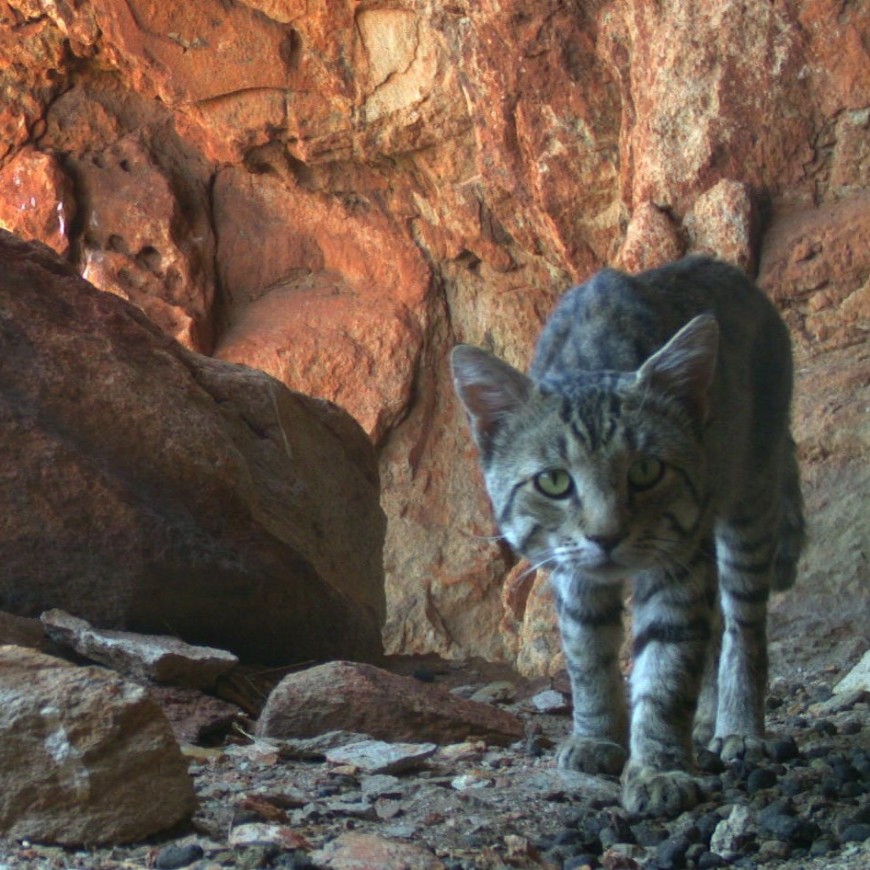
Threat abatement plans establish a national framework to coordinate Australia’s response to key threats such as feral cats. Photo: Judy Dunlop.
Feral cat taskforce
The Feral Cat Taskforce is an advisory and coordinating group supporting action to reduce the impact of feral cats on our native wildlife. It provides information and support to the Threatened Species Commissioner, the Commonwealth, state and territory governments and other members on best practice feral cat management.

